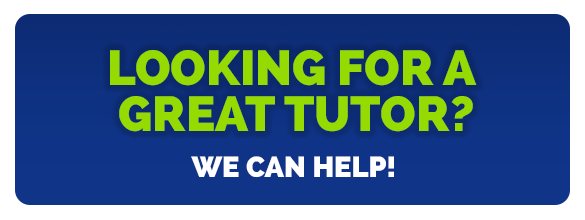Combining In-Person and Online Instruction
One of the results of educators adapting to the pandemic has been the adoption of blended learning. We all know how schools had to pivot to using online technology while schools were closed to in-person learning. Following that, many schools have incorporated various types of online instruction into the curriculum, along with in-person learning to achieve a blended approach.
Types of Blended Learning
Some of the most popular examples of blended learning models include:
Station Rotation – This involves students rotating through various stations on a fixed schedule, including at least one involving online learning.
Individual Rotation – This is a more personalized approach, where individual students rotate through a set of stations selected for them.
Flipped Classroom – In this model, students learn at home using video, reading, and online coursework, and classroom time is used for hands-on interactive application of new knowledge.
Flex Model – Similar to the flipped classroom, but the flex model allows the student to access the online portions at will.
Lab Rotation – Students rotate on a fixed schedule that includes teacher-led instruction in the classroom, and online learning in a computer lab.
How Effective is Blended Learning?
In a study published in May 2022, the British Educational Research Association reviewed 1,355 research studies that showed blended learning and online learning were generally more effective than face-to-face instruction alone. This study also found that students prefer a blend of online and in-person instruction rather than one or the other by itself.
A blended learning approach also results in an increase in student engagement, student achievement, and positive student perceptions of learning. In addition, students learn self-pacing skills and learn how to self-direct. The positive effect on academic achievement has been documented in all class subjects, with the highest effect in biology and the sciences.
How Are Teachers Implementing Blended Learning?
During the 2021-22 school year about 49 percent of 1,097 teachers in 639 school systems nationwide reported using blended learning. The most popular type of blended learning among elementary school teachers was Station Rotation. Among secondary school teachers, the Station Rotation and Flipped Classrooms were the most popular.
This survey also revealed that personalized learning practices were utilized more often by teachers who blend learning than by those who do not. Small group instruction, emphasis on student agency, and utilizing flexible pacing were the most common types of personalized learning used.
People learn in many different ways, and when schools can provide a variety of methods of instruction, and add personalization and flexibility to the curriculum, the results are an improvement in student engagement, student achievement, and student perception in K-12th grade classrooms.

